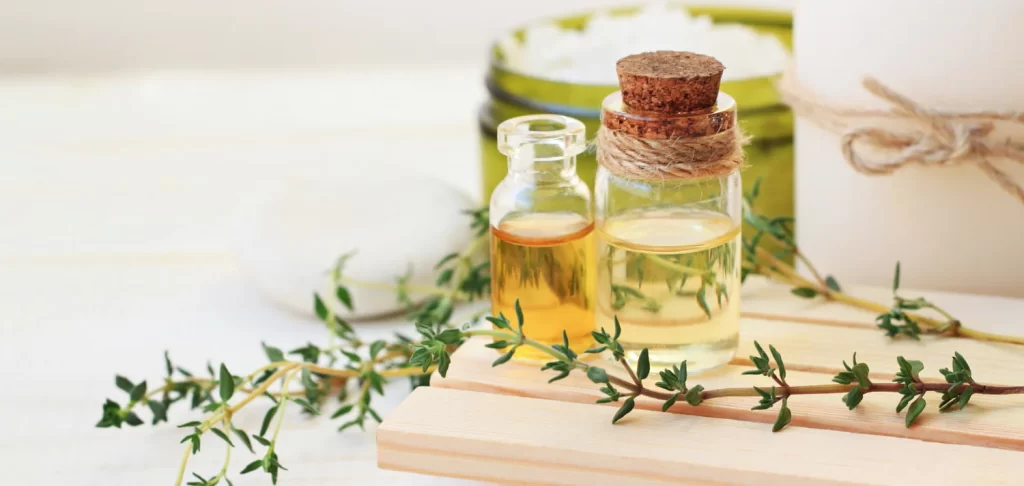Making perfumes at home is a creative and scientific process that combines artistry with chemistry. The art of perfume-making has existed for centuries, with origins dating back to ancient Egypt and Mesopotamia. Today, it has evolved into a sophisticated craft, with enthusiasts and professionals alike experimenting with various ingredients to create personalized scents. The science behind perfume-making lies in the understanding of fragrance molecules and how they interact with one another. Perfumes are typically composed of three main notes: top, middle, and base. The top note is the first impression of the fragrance and is often light, fresh, and citrusy. The middle note, or heart note, becomes more prominent once the top note fades and provides the body of the fragrance. It is typically floral, spicy, or fruity. The base note is the longest-lasting and adds depth and richness to the perfume, often made from ingredients like vanilla, musk, or wood. To start making perfume at home, it is important to select quality ingredients. Essential oils are the primary components, which are extracted from flowers, fruits, spices, and woods.

These oils are highly concentrated and provide the scent profile for your perfume. Alcohol, usually ethanol or a neutral grain alcohol, is used as a solvent to dilute the oils and help disperse the fragrance. A fixative, such as glycerin or jojoba oil, is often added to help the scent last longer by slowing down the evaporation of the volatile oils. The process begins by creating a blend of essential oils. This is done by experimenting with different combinations of top, middle, and base notes. It is important to follow the ratios carefully to ensure balance. A common guideline is to use 30% top notes, 50% middle notes, and 20% base notes, but this can vary depending on personal preference. Once the essential oils are blended, the alcohol is added, typically at a ratio of about 70% alcohol to 30% oils. The mixture is then allowed to age for several weeks, allowing the scents to meld and develop more complexity. The aging process is crucial in perfume-making, as it allows the ingredients to marry and soften, resulting in a more harmonious fragrance.
After the aging period, the perfume is filtered to remove any impurities and then bottled for use. It is important to store perfumes in dark glass bottles away from sunlight and heat to preserve the integrity of the fragrance. The artistry of perfume-making comes from the ability to craft a unique scent that evokes specific emotions or memories. Each person’s body chemistry interacts differently with the oils, which is why two people can wear the same perfume and have it smell slightly different on them. This makes homemade perfumes a deeply personal and rewarding creation to make your own perfume scent. In conclusion, making perfume at home is a blend of science and art. By understanding the chemical properties of fragrance molecules and using creative techniques to balance scents, anyone can craft their own signature fragrance. Whether it is for personal use or as a thoughtful gift, homemade perfumes are a way to explore the fascinating world of scent and create something truly unique.